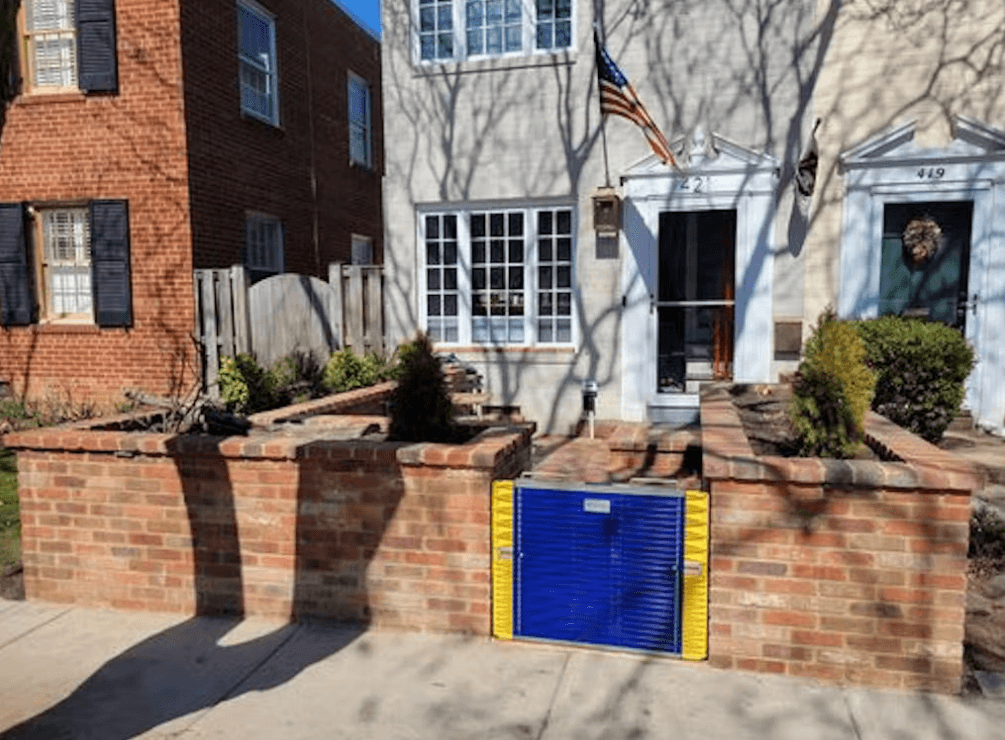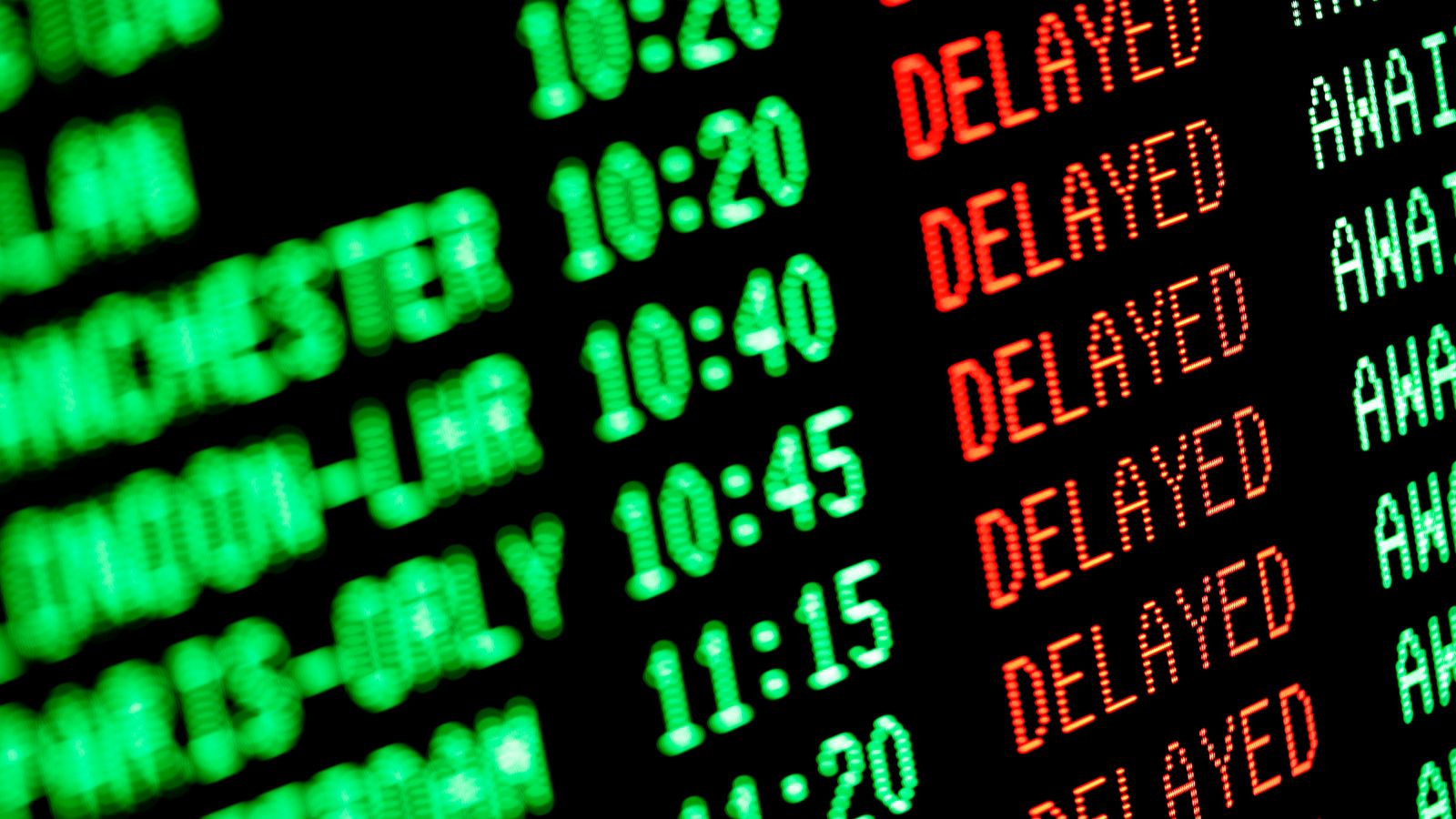What Is A Flash Flood Emergency? Definition, Causes, And Prevention

Table of Contents
Defining a Flash Flood Emergency
What constitutes a flash flood?
A flash flood is a rapid and unexpected flood caused by a sudden increase in water levels within a short period, typically less than six hours. This intense and often overwhelming surge of water differs significantly from slow-onset floods which develop gradually over days or weeks. Key characteristics of a flash flood include rapid flooding, intense rainfall, and short notice, leaving little time for evacuation or preparation. A flash flood emergency signifies a situation where immediate action is required to protect life and property.
- Rapidly rising water levels in low-lying areas: Water levels can rise dramatically in a matter of minutes, engulfing roads, homes, and businesses.
- Unexpected and swift inundation of normally dry areas: Areas that are typically dry can be inundated quickly and unexpectedly.
- Potential for significant damage in a very short time: The sheer force and speed of the water can cause devastating damage to infrastructure and property.
- Often associated with heavy rainfall, dam or levee failures, or ice jams: These events can trigger flash floods, often leading to a flood emergency.
Causes of Flash Flood Emergencies
Meteorological Factors
Several weather patterns contribute significantly to the development of flash floods, often leading to a flash flood emergency.
- Intense and concentrated rainfall (including thunderstorms): Heavy downpours, especially from thunderstorms, can overwhelm drainage systems and cause rapid water accumulation.
- Monsoons: The intense and prolonged rainfall associated with monsoons can easily lead to flash flooding, particularly in regions with steep terrain.
- Rapid snowmelt (especially in spring): A sudden and significant rise in temperature can cause rapid melting of snow, overwhelming rivers and streams and triggering flash floods.
- Dam or levee failures: Structural failures in dams or levees can unleash massive volumes of water, causing devastating flash floods downstream, quickly escalating into a flood emergency.
Geographical Factors
Geographic factors play a crucial role in determining the susceptibility of an area to flash floods.
- Steep slopes and mountainsides (faster runoff): Water flows much faster down steep slopes, increasing the likelihood of flash flooding.
- Urban areas with inadequate drainage systems: Urban areas with insufficient drainage infrastructure are particularly vulnerable to flash floods due to the high volume of impervious surfaces.
- Deforested areas with reduced water absorption: The lack of vegetation reduces the soil's ability to absorb water, increasing surface runoff and contributing to flash flooding.
- River channels and floodplains: Areas located near rivers and floodplains are inherently at higher risk of flash flooding due to their proximity to water sources.
Preventing Flash Flood Damage and Staying Safe During a Flash Flood Emergency
Personal Preparedness
Proactive measures are essential for reducing the impact of flash floods. Personal preparedness is key to survival during a flash flood emergency.
- Develop a family evacuation plan: Identify escape routes and meeting points in case of a flash flood.
- Monitor weather forecasts and warnings: Stay informed about weather conditions and heed any warnings issued by local authorities.
- Identify safe evacuation routes: Know the safest routes to higher ground in your area.
- Prepare an emergency kit: Stock an emergency kit with essential supplies, including water, non-perishable food, first aid supplies, medications, and flashlights.
- Know your flood risk: Understand the flood risk in your area and take appropriate precautions.
Community Preparedness
Community-level initiatives play a vital role in mitigating the risks associated with flash floods.
- Improved drainage systems in urban areas: Investing in robust drainage systems is crucial to manage rainwater runoff effectively.
- Responsible land use and forest management: Proper land management practices can help reduce the risk of flash floods.
- Early warning systems and public education campaigns: Effective early warning systems and public awareness programs are essential for timely responses.
- Dam maintenance and inspections: Regular maintenance and inspections of dams are crucial for preventing failures.
Conclusion
Flash flood emergencies are sudden and devastating events characterized by rapidly rising water levels, often with little warning. Understanding the causes—intense rainfall, snowmelt, dam failures, and geographical factors—is critical for effective preparedness. Personal preparedness, including developing an evacuation plan, monitoring weather forecasts, and having an emergency kit, is crucial. Community preparedness, involving improved drainage systems, responsible land use, and early warning systems, further mitigates risk. The devastating consequences of unpreparedness emphasize the importance of proactive measures. Don't wait for a flash flood emergency to strike; take action today to protect yourself and your loved ones. Learn more about flash flood prevention and preparedness in your community and be prepared for a sudden flood or flood emergency.

Featured Posts
-
 A Realistic Escape To The Country What To Expect And How To Prepare
May 25, 2025
A Realistic Escape To The Country What To Expect And How To Prepare
May 25, 2025 -
 Berkshire Hathaways Apple Holding Assessing The Impact Of Ceo Transition
May 25, 2025
Berkshire Hathaways Apple Holding Assessing The Impact Of Ceo Transition
May 25, 2025 -
 Memorial Service For Hells Angels Member Craig Mc Ilquham This Sunday
May 25, 2025
Memorial Service For Hells Angels Member Craig Mc Ilquham This Sunday
May 25, 2025 -
 Live Updates Kapitaalmarktrentes En Euro Dollar Koers
May 25, 2025
Live Updates Kapitaalmarktrentes En Euro Dollar Koers
May 25, 2025 -
 Avoid Memorial Day Travel Delays Best And Worst Flight Days 2025
May 25, 2025
Avoid Memorial Day Travel Delays Best And Worst Flight Days 2025
May 25, 2025
